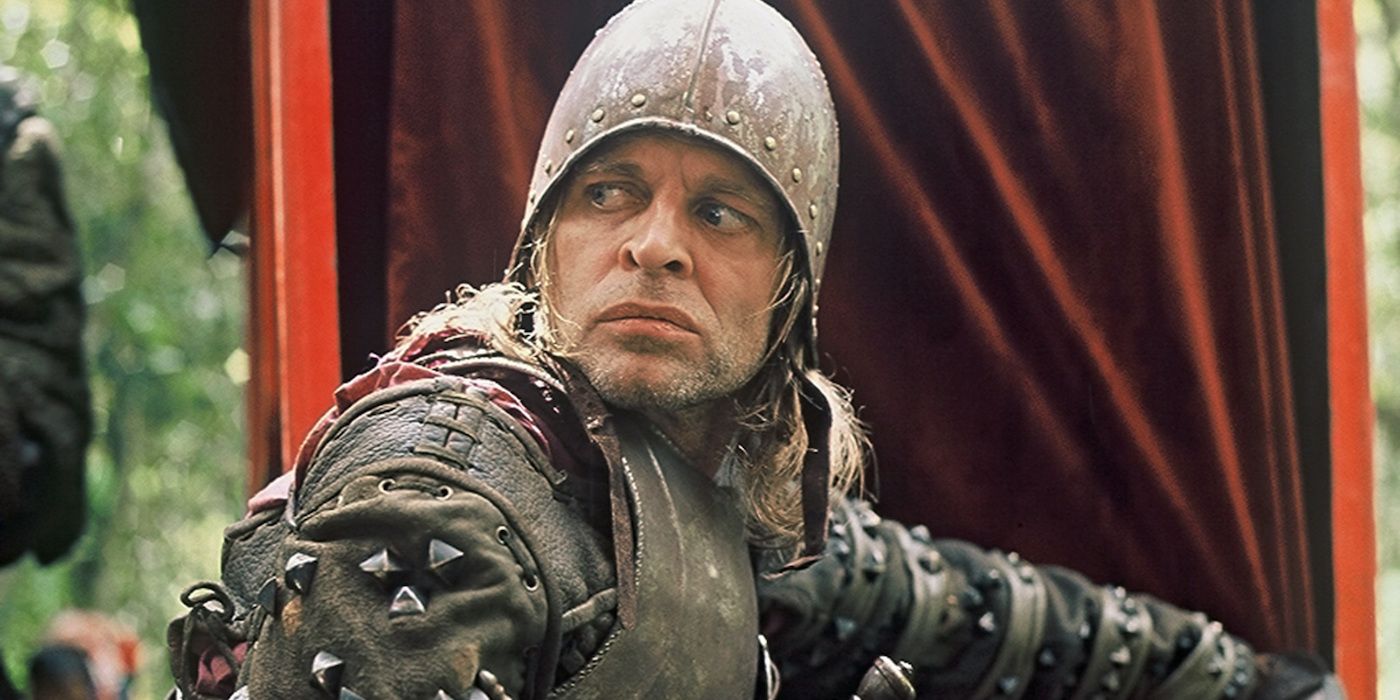The legendary Roger Ebert of the Chicago Sun-Times has, for a long time, been arguably the best-known film critic of all time. Deeply knowledgeable of film history and the cinematic art form as a whole, he wrote reviews that have aged beautifully as eloquent, insightful pieces of writing. There were plenty of films that he loved enough throughout his life to include them in his “Great Movies” list—which includes, of course, several period pieces.
But while there are dozens upon dozens of period films in Ebert’s list, it’s interesting to look back at his actual reviews of these movies and discover which ones he probably felt were the best of the best. From 200 B.C. to the Vietnam War, there’s a huge period of time that Roger Ebert’s favorite period movies cover, which only goes to show the versatility of the genre.
10
‘The Adventures of Robin Hood’ (1938)
Directed by William Keighley and Michael Curtiz
With over a hundred depictions throughout the history of film, Robin Hood is one of the most portrayed characters in the history of the medium. There are, of course, some adaptations that are better than others, and when it comes to the best of the best, Roger Ebert gave the gold medal to The Adventures of Robin Hood.
One of the best swashbucklers of all time, The Adventures of Robin Hood holds an admirable 100% approval rating from critics on Rotten Tomatoes. In his review of the film, Ebert praised Errol Flynn‘s iconic performance, its adventurous and romantic tone, and its timeless story, saying that the film was made “with sublime innocence and breathtaking artistry, at a time when its simple values rang true.”
9
‘The Ballad of Narayama’ (1958)
Directed by Keisuke Kinoshita
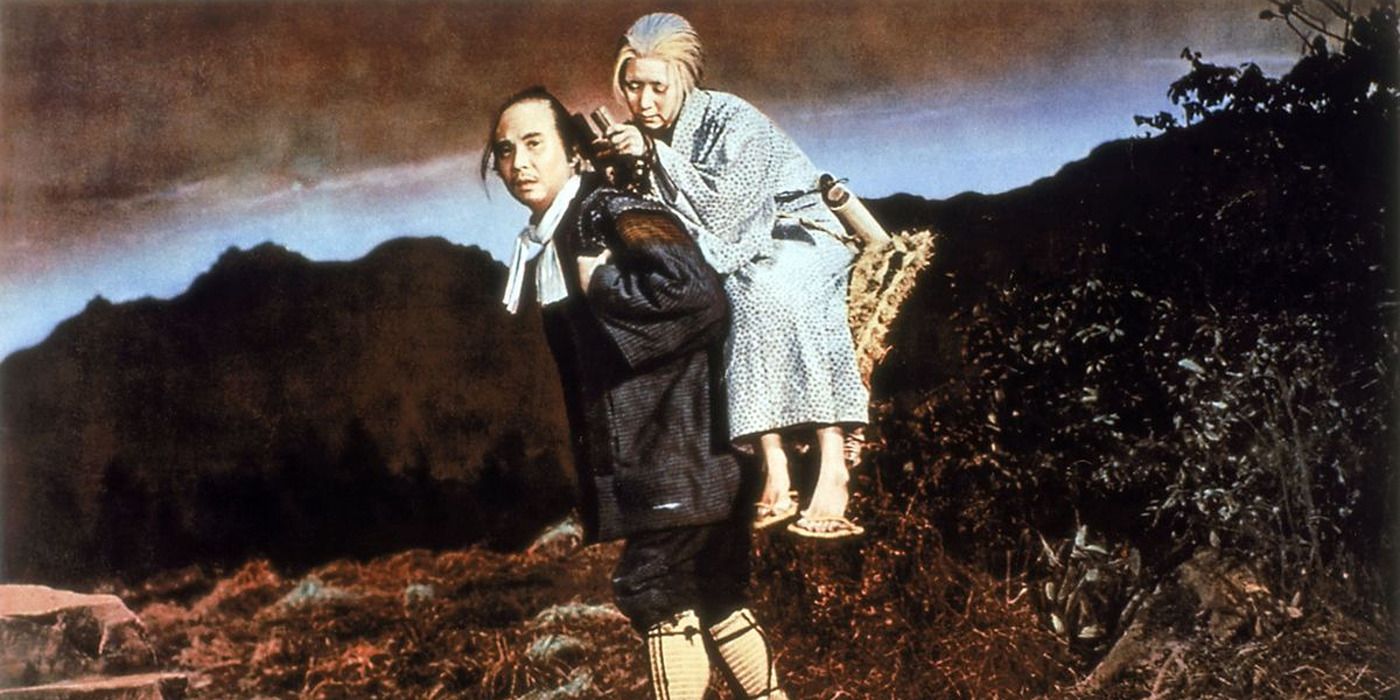
There are plenty of legendary Japanese masterpieces in cinema, and Ebert had nothing but praise for several of them. This prominently included The Ballad of Narayama, a fascinating and heavily stylized exploration of aging and loss inspired by Kabuki, a classical form of Japanese theater characterized by elaborate costumes, glamorous performances, and a mixture between traditional dancing and dramatic acting.
Ebert, in his passionate review of the movie, called it a film “of great beauty and elegant artifice, telling a story of startling cruelty.” Expressing admiration for its Kabuki influences and for Keisuke Kinoshita‘s perfect sense of charming artifice in his direction, as well as for the story’s strong emotional core, he referred to this as an absolutely unforgettable piece of art.
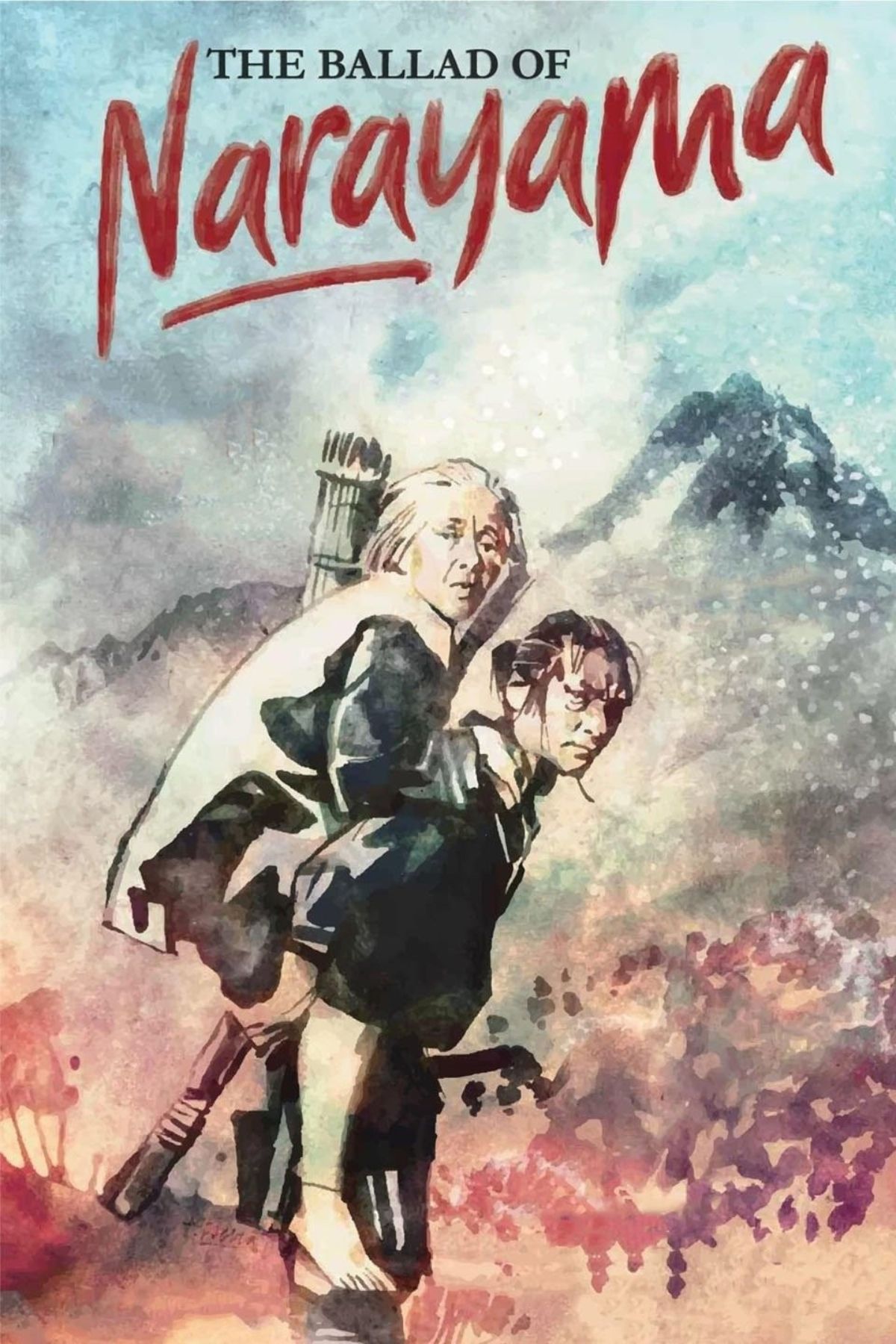
The Ballad of Narayama
- Release Date
-
April 29, 1983
- Runtime
-
130 Minutes
8
‘Amarcord’ (1973)
Directed by Federico Fellini
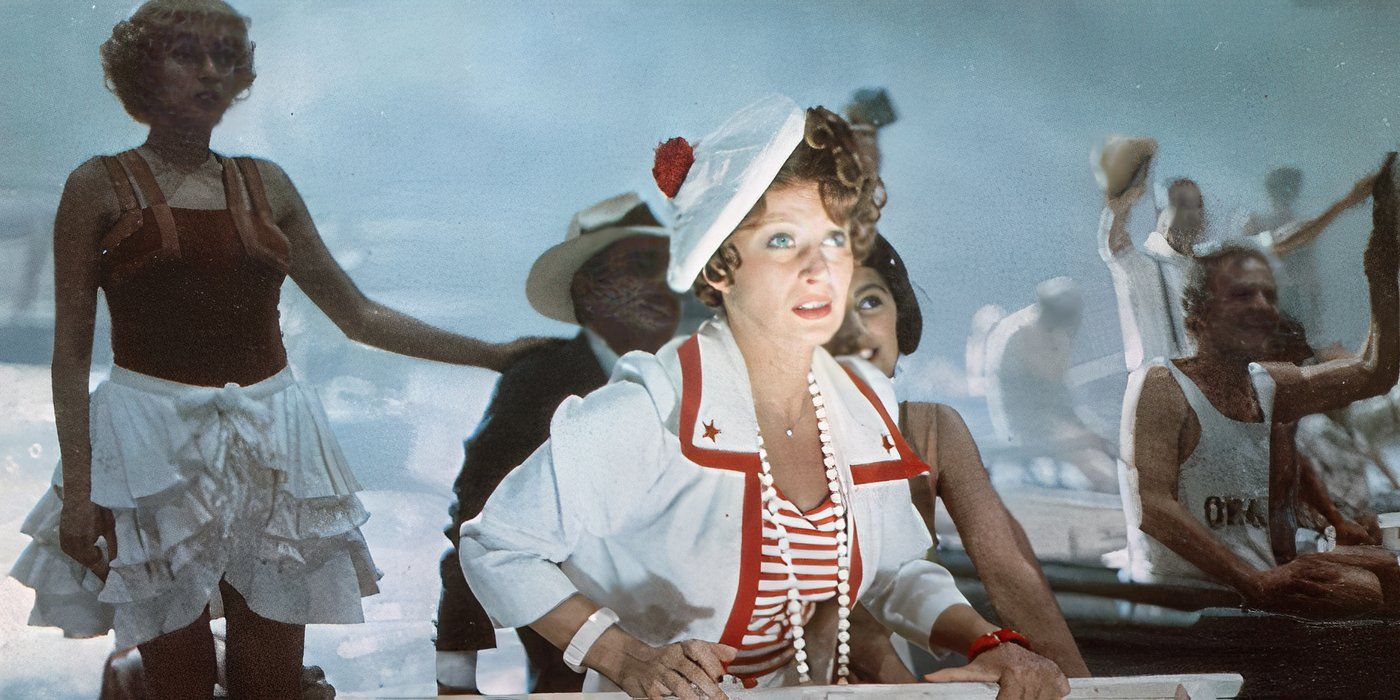
Meaning “I remember” in the Romagnol dialect of Italian, Amarcord is a word that has entered modern Italian as a neologism meaning “fond or nostalgic memory,” and it’s all thanks to the greatest filmmaker in the country’s history: Federico Fellini. His Amarcord, one of the most essential movies of 1973, consists of a series of comedic and nostalgic vignettes set in a 1930s Italian coastal town.Ebert wrote about Amarcord with particular fondness, saying that it was “a movie made entirely out of nostalgia and joy,” and that Fellini was “at the heedless height of his powers” when he made the film. The critic loved the film’s ambition and sense of scale, as well as its poetic tone and critique of fascism. This is typically regarded as Fellini’s final great film, and Ebert agreed.
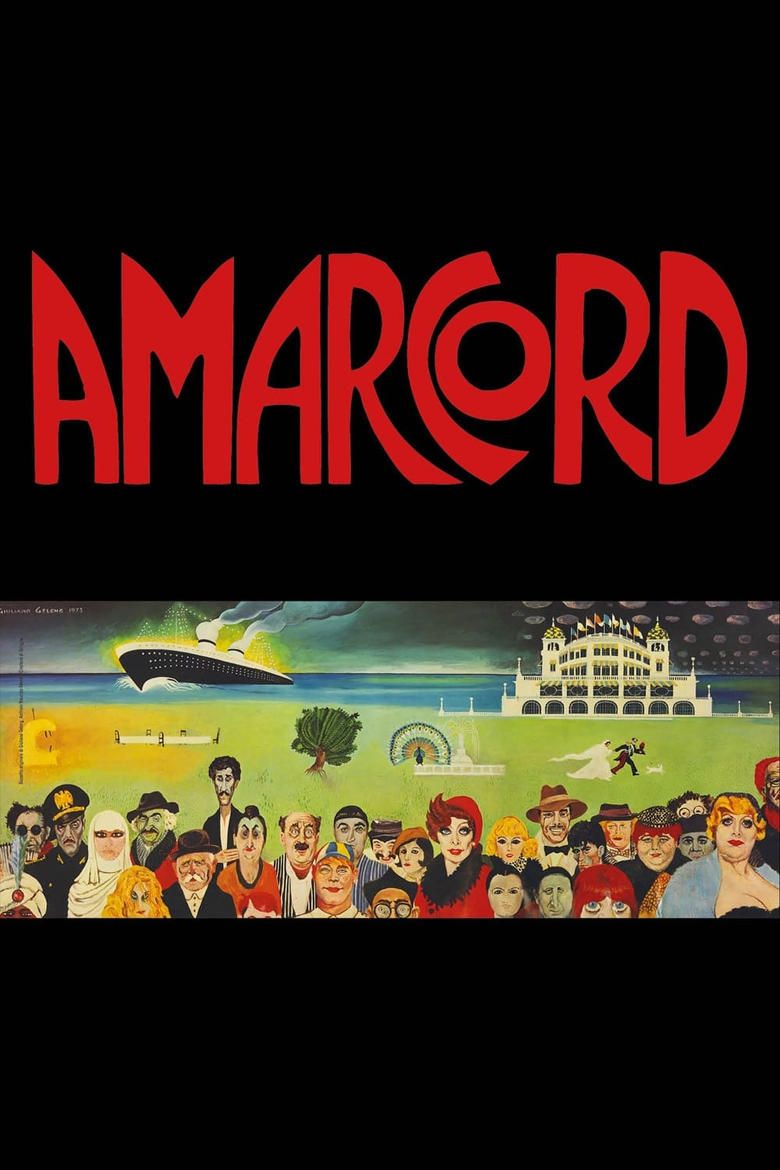
Amarcord
- Release Date
-
December 18, 1973
- Runtime
-
123 minutes
-

Pupella Maggio
Miranda Biondi
-

Armando Brancia
Aurelio Biondi
-

-

Ciccio Ingrassia
Teo, Titta’s Uncle
7
‘Aguirre, the Wrath of God’ (1972)
Directed by Werner Herzog
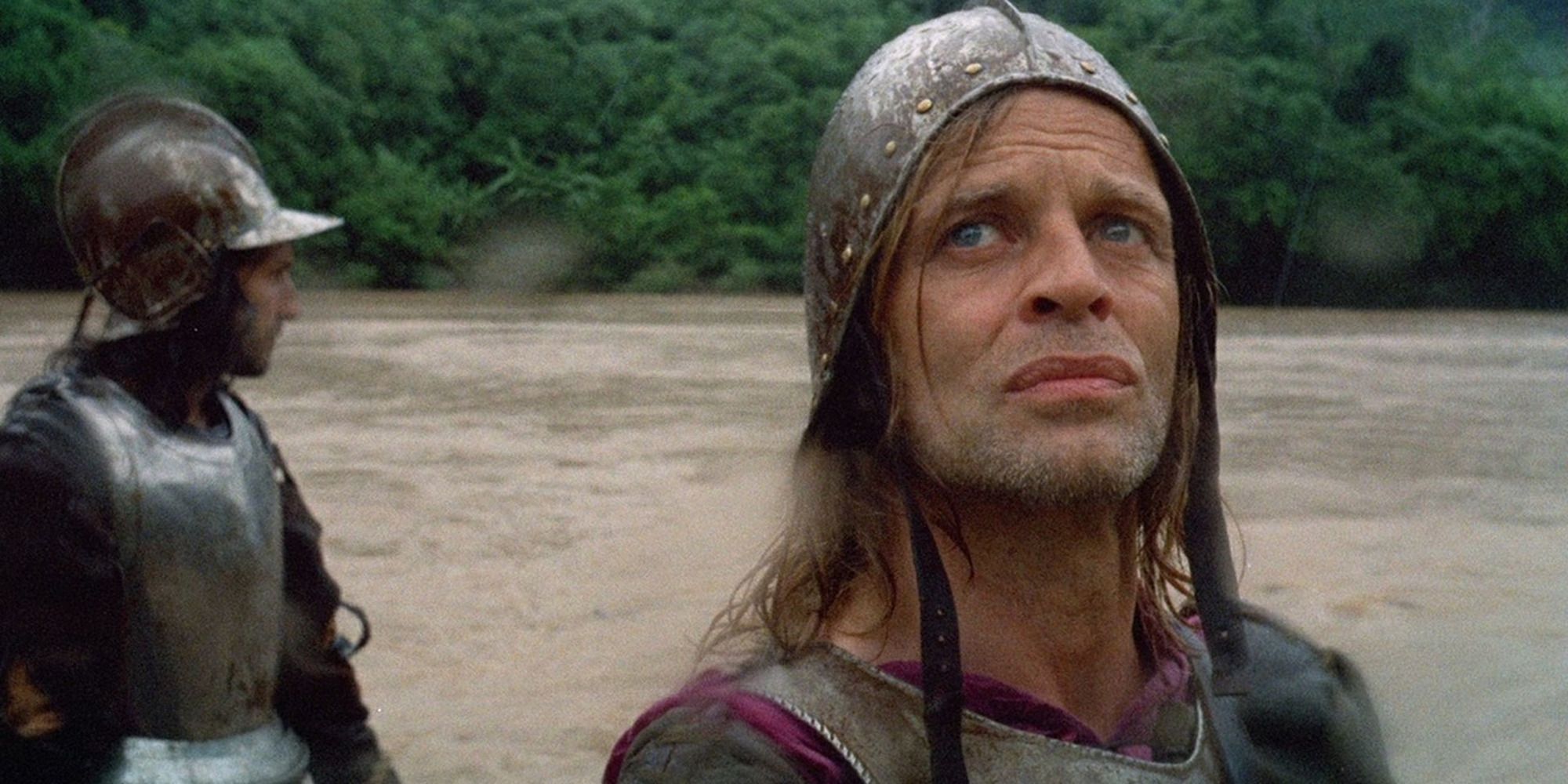
The relationship between German filmmaker Werner Herzog and German actor Klaus Kinski is the stuff of legends, and there is perhaps no better film that the pair collaborated on than Aguirre, the Wrath of God. Haunting and slow-paced, it’s an arthouse period piece through and through, but a must-see for all those who enjoy seeing the genre’s usual tropes subverted.
According to Ebert, Aguirre was one of the greatest international movies ever made. For proof, one needn’t look further than his review of the film, where he expressed admiration for Herzog’s quasi-obsessive dedication and Kinski’s mad performance. When he wrote about the movie again to add it to his “Great Movies” list, he called it “one of the great haunting visions of the cinema,” which is no small compliment coming from a critic as knowledgeable in film history as Ebert.
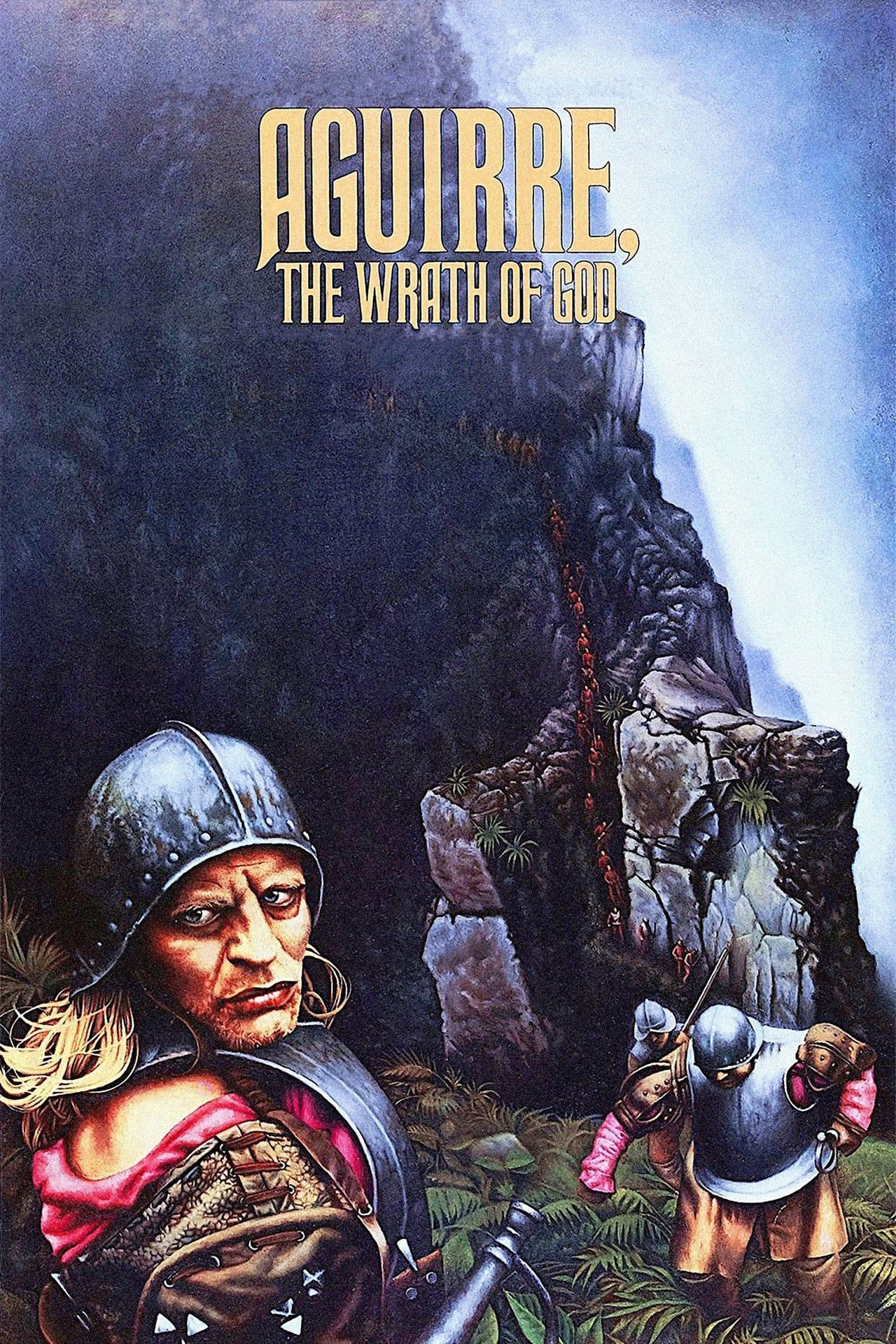
Aguirre, the Wrath of God
- Release Date
-
April 2, 1977
- Runtime
-
95 Minutes
-

Klaus Kinski
Don Lope de Aguirre
-

Helena Rojo
Inés de Atienza
-

Del Negro
Brother Gaspar de Carvajal
-

Ruy Guerra
Don Pedro de Ursúa
6
‘Chinatown’ (1974)
Directed by Roman Polanski
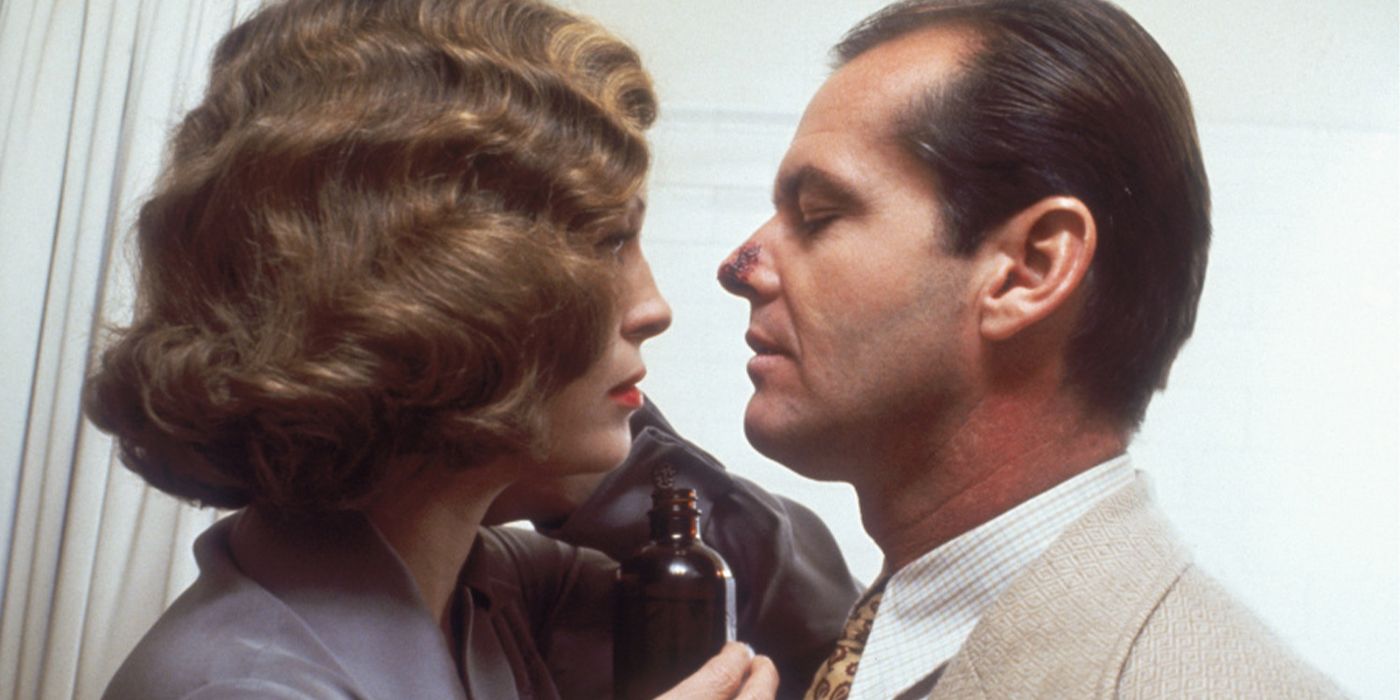
According to Ebert, Chinatown was one of the most suspenseful films of all time. Nowadays, the consensus seems to be pretty much the same. An entirely unique and overwhelmingly oppressive kind of neo-noir, it twists the traditional story of the private detective on its head in all sorts of absolutely fascinating ways.
When he first reviewed the film, Ebert said that the film was “not only a great entertainment, but something more,” celebrating Robert Towne‘s airtight script and the phenomenal performances. He wrote about the movie again in his addition of it to his “Great Movies” list, offering even more praise for the writing, the story, and the hard-hitting deconstruction of the noir genre.
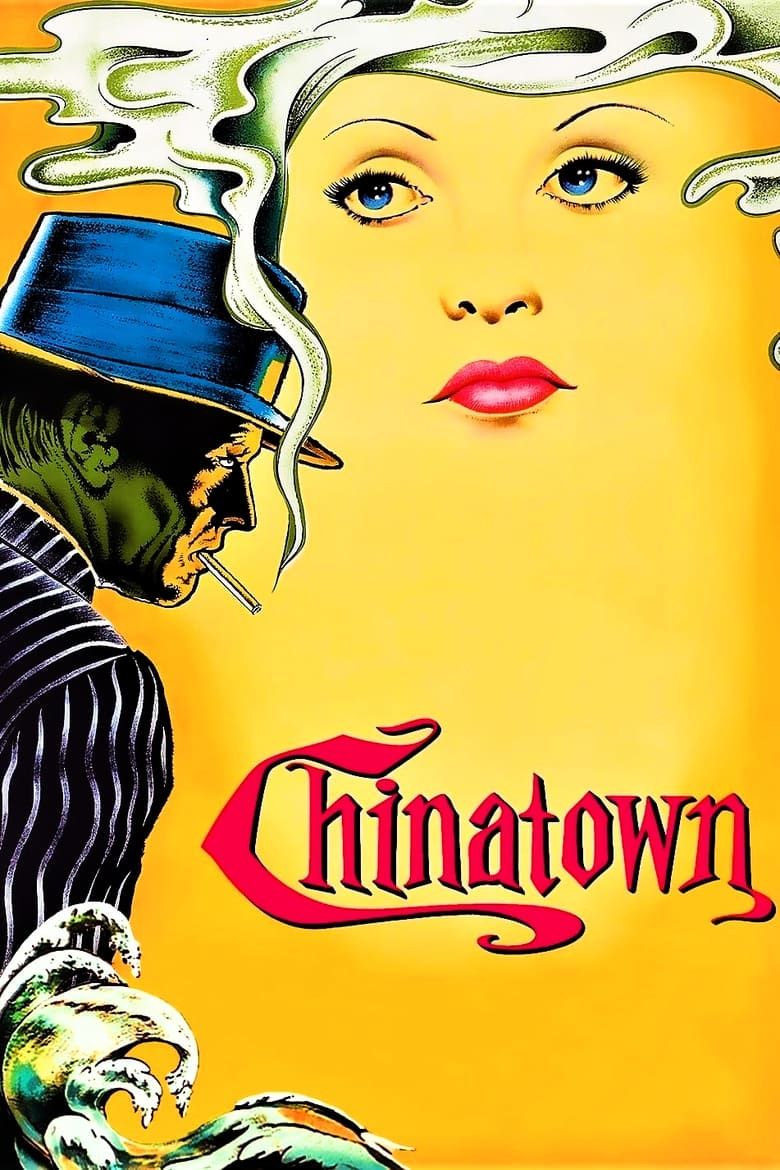
Chinatown
- Release Date
-
June 20, 1974
- Runtime
-
130 minutes
5
‘Cabiria’ (1914)
Directed by Giovanni Pastrone
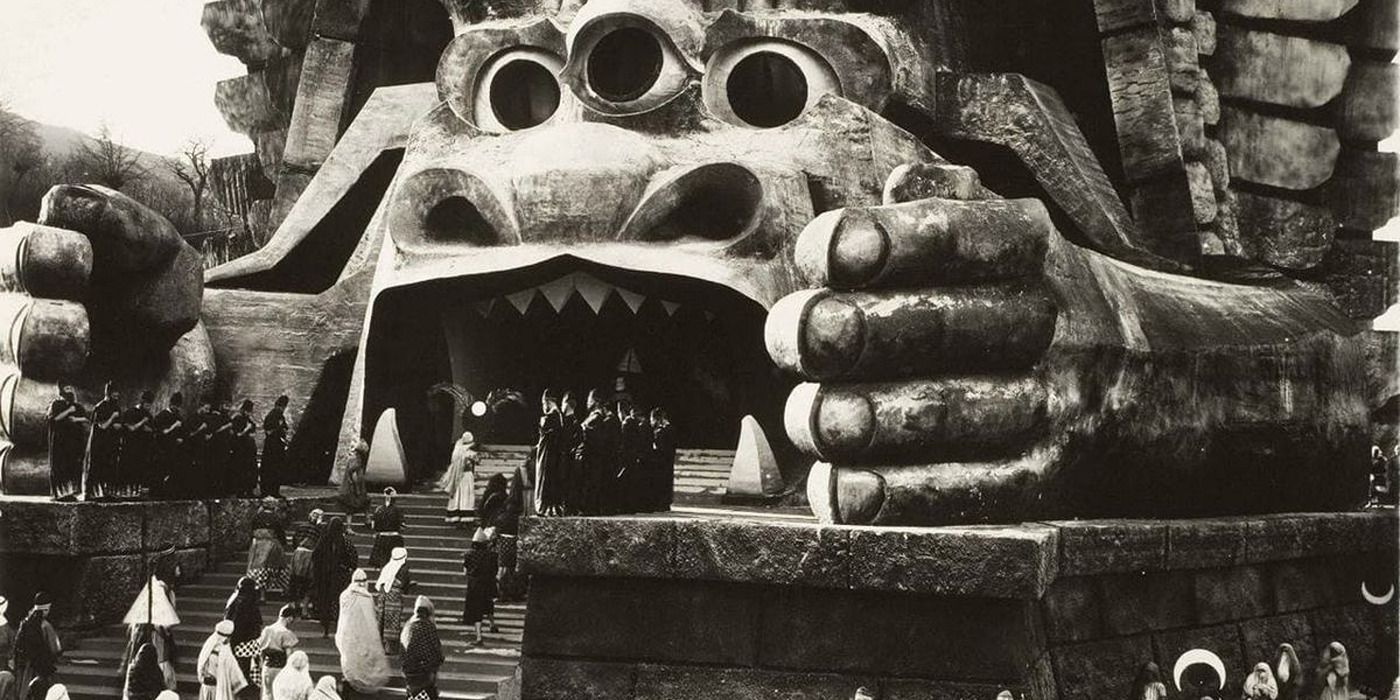
Even though sound has been a thing for the majority of cinema’s history, it’s always worth remembering that an often underrated number of timeless masterpieces were made during the art form’s silent infancy. Roger Ebert was a fan of quite a few of them, but he loved few of them as much as he loved the Italian classic Cabiria, not to be confused with Federico Fellini’s Nights of Cabiria.
Ebert called it “the stuff of dreams,” as well as “beautiful and enthralling,” and said that it was “made with limitless scope and ambition.”
Set a couple of centuries B.C., Cabiria is an epic the likes of which the world hasn’t seen in decades. In his review, Ebert called it “the stuff of dreams,” as well as “beautiful and enthralling,” and said that it was “made with limitless scope and ambition.” Those are certainly not small compliments coming from him, and today, Cabiria is still remembered as one of the greatest international masterpieces of cinema’s silent period.
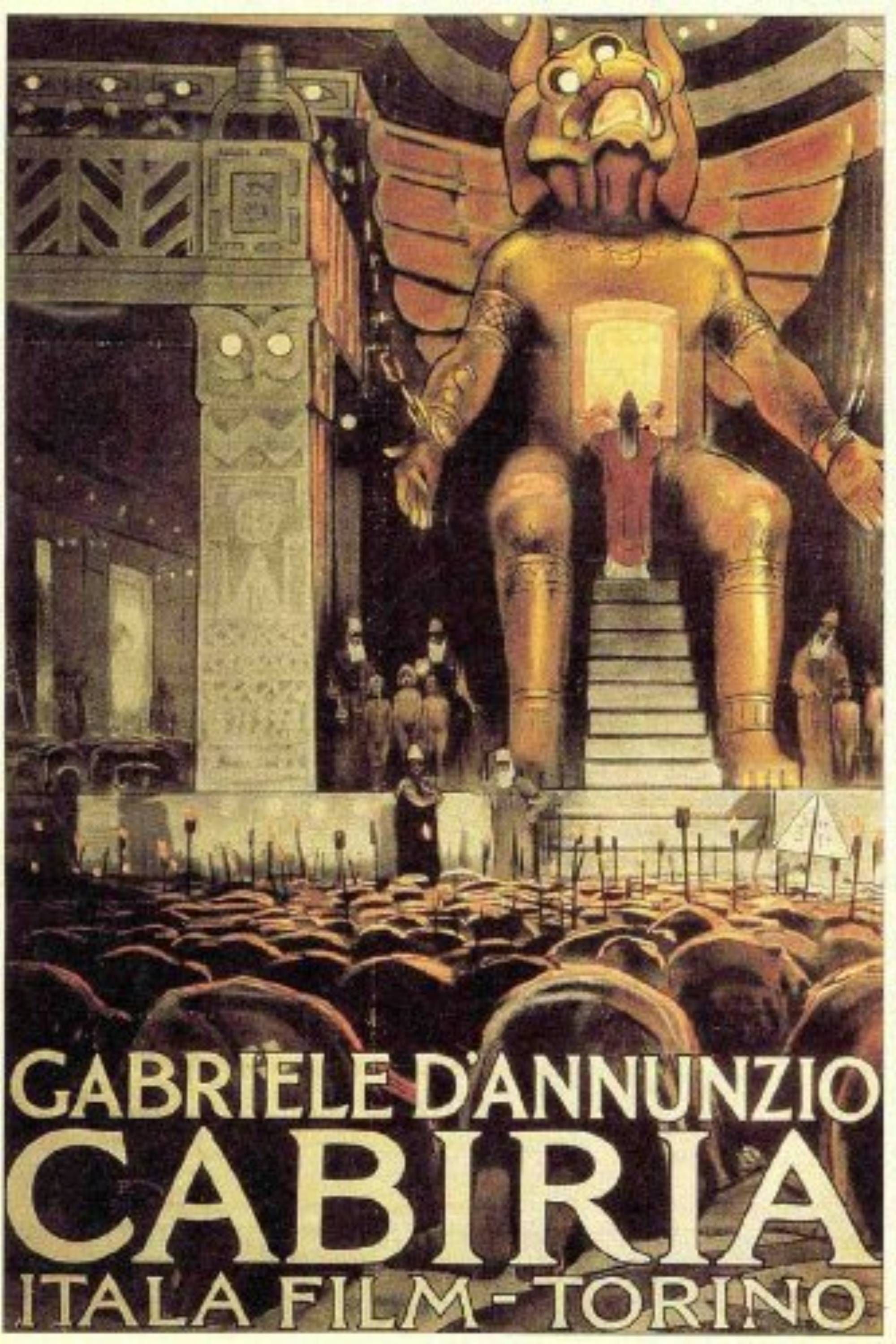
Cabiria
- Release Date
-
June 1, 1914
- Runtime
-
148 Minutes
4
‘Bonnie and Clyde’ (1967)
Directed by Arthur Penn
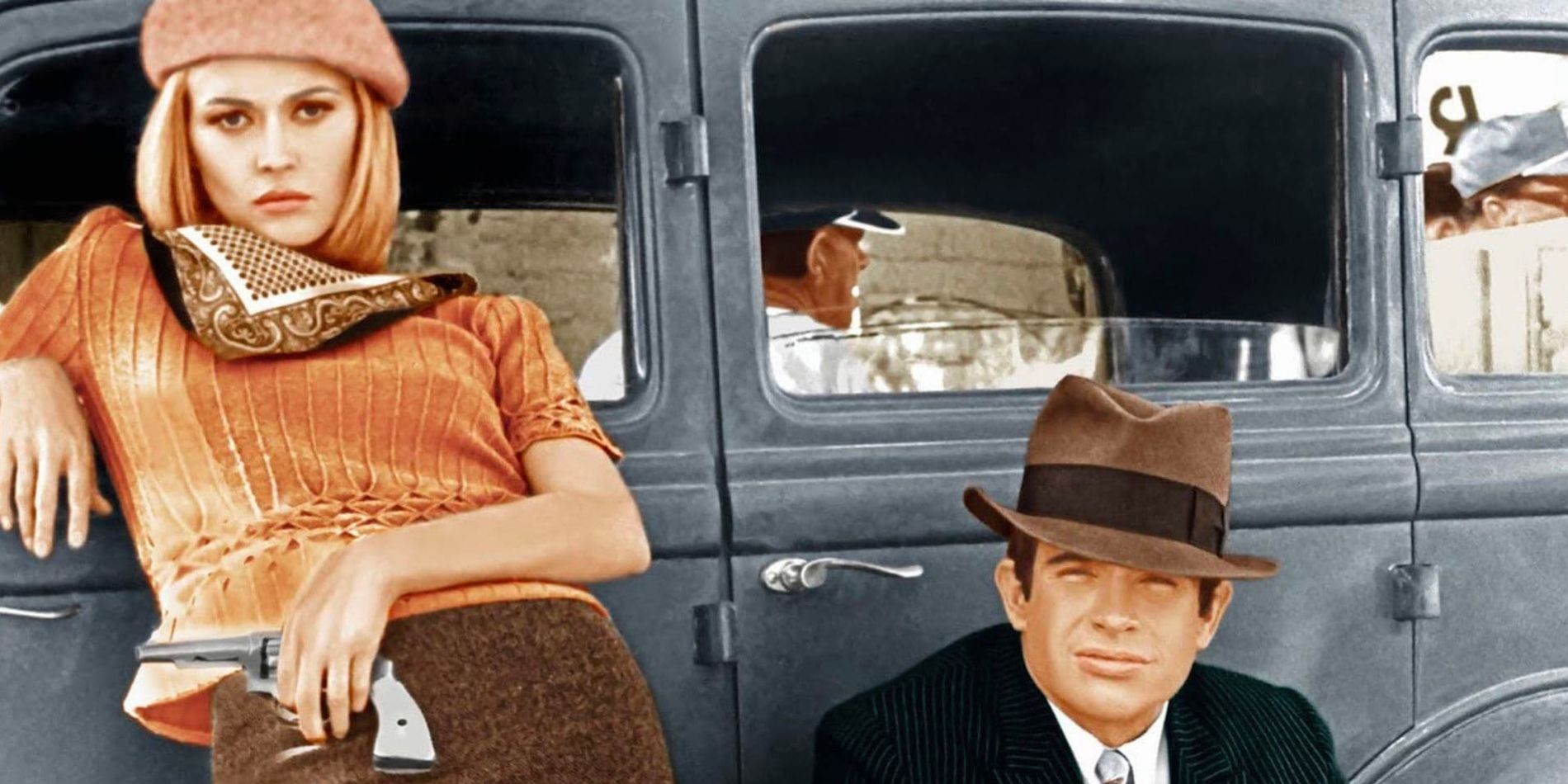
Bonnie and Clyde tells the real story of bored waitress Bonnie Parker and ex-con Clyde Barrow, who fell in love and started a violent crime spree throughout the country, stealing cars and robbing banks. As soon as the movie came out, it changed Hollywood forever. Audiences had never seen such a morally gray and graphically violent film released by the mainstream before, making this one of the most influential works of the New Hollywood movement.
By its very nature, Bonnie and Clyde was incredibly controversial when it came out. Some noteworthy critics, like Bosley Crowther of The New York Times, absolutely despised it, while others, like Pauline Kael ofThe New Yorker and—of course—Ebert, had nothing but applause for it. The Chicago critic, in his first review of the film, called it “a milestone in the history of American movies, a work of truth and brilliance.” When adding it to his “Great Movies” list, he quoted fellow critic Patrick Goldstein and called the movie “the first modern American film.” With time, history has sided with Kael, Goldstein, Ebert, and everyone else who hailed Bonnie and Clyde as a masterpiece.
3
‘Lawrence of Arabia’ (1962)
Directed by David Lean
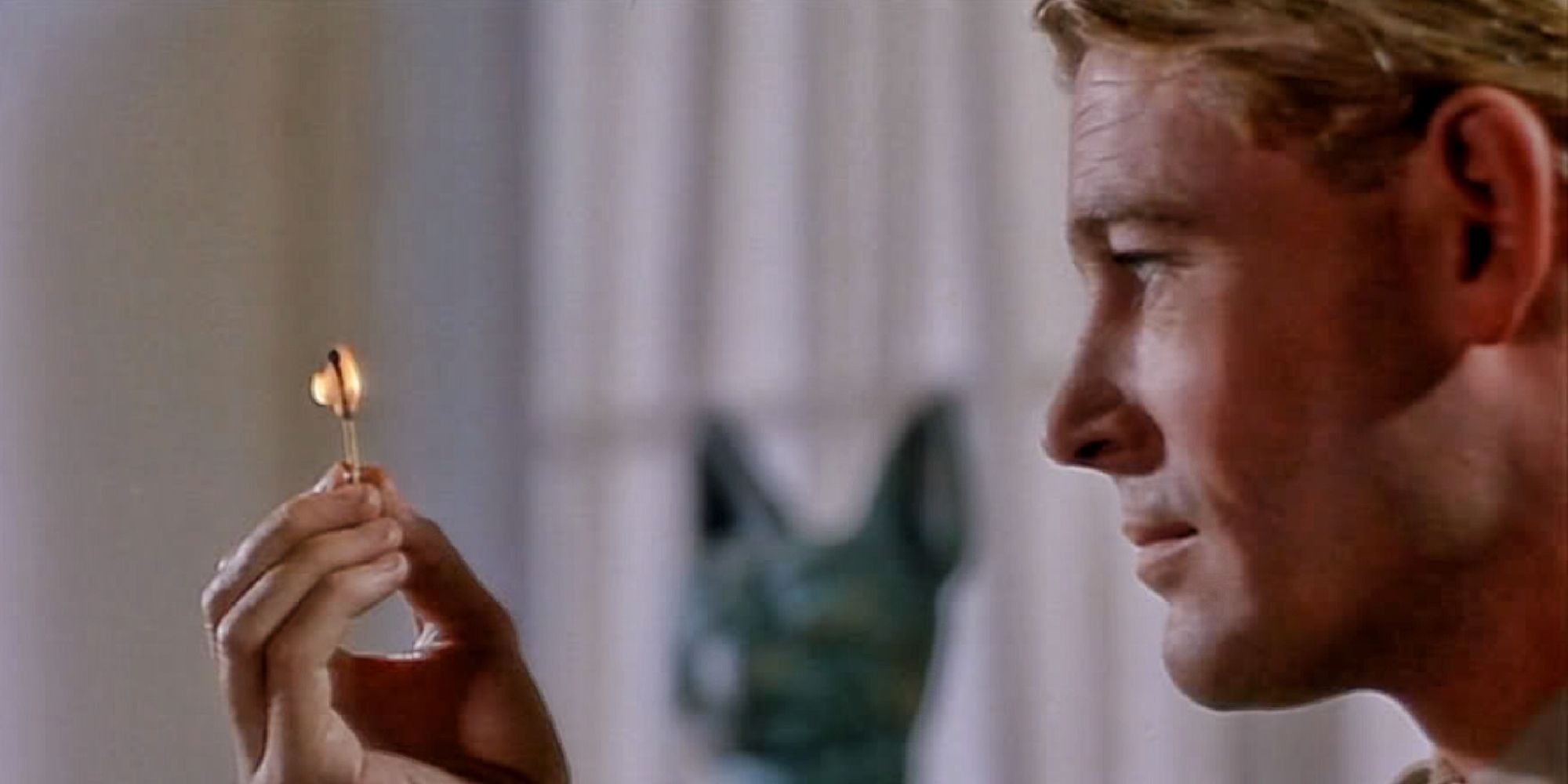
Lawrence of Arabia tends to be praised as one of the greatest war films ever made, one of the greatest biopics ever made, and one of the greatest adventure epics ever made. It deserves all of these superlatives and more. The life of T.E. Lawrence was always going to be a complicated one to show on film, but leave it to David Lean to craft an epic worthy of the name of any historical figure.
According to Ebert, this was one of the greatest war films of all time, and he definitely wasn’t wrong. In his review, he referred to the film as “a bold, mad act of genius,” going through the masterful character writing, the out-of-this-world production qualities, Peter O’Toole‘s inspired breakout performance, and Lean’s flawless direction.
2
‘Apocalypse Now’ (1979)
Directed by Francis Ford Coppola
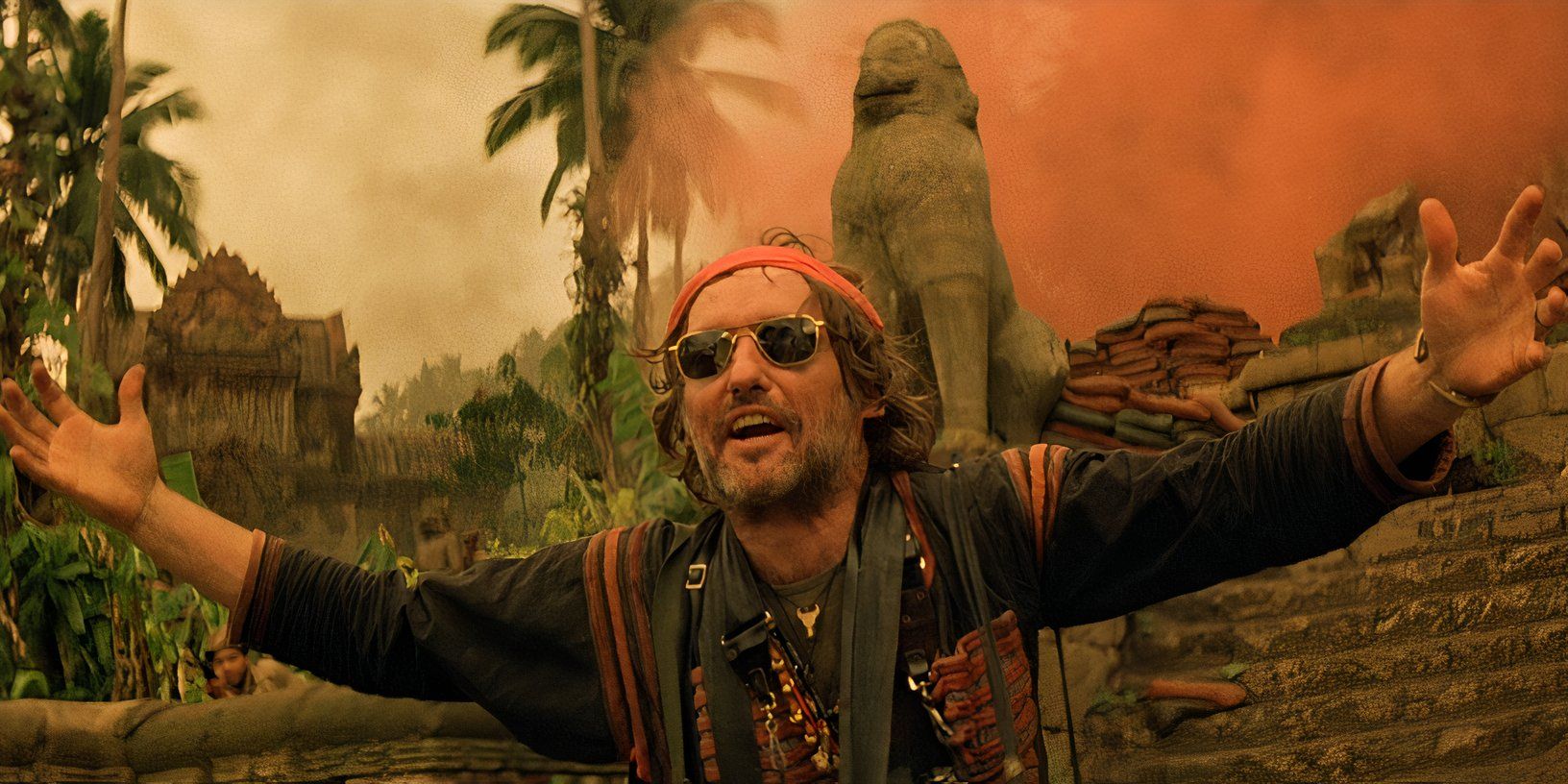
Yet another war film that Roger Ebert praised as one of the genre’s biggest masterpieces, Apocalypse Now was the result of a production that was truly the stuff of nightmares, but what came together in the end is a real masterclass in Vietnam War filmmaking. It’s one of the most enthralling films ever made, a surreal boat trip through the jungle and into the bowels of Hell itself.
Saying that Ebert loved Francis Ford Coppola‘s Vietnam War masterpiece would be an understatement. In his review, the Chicago critic celebrated the movie as “the best Vietnam film,” and even “one of the greatest of all films.” It was rare for Ebert to use such superlatives; so, when he did use them, you knew that you were in the face of a picture that was worth paying attention to.
1
‘Raging Bull’ (1980)
Directed by Martin Scorsese
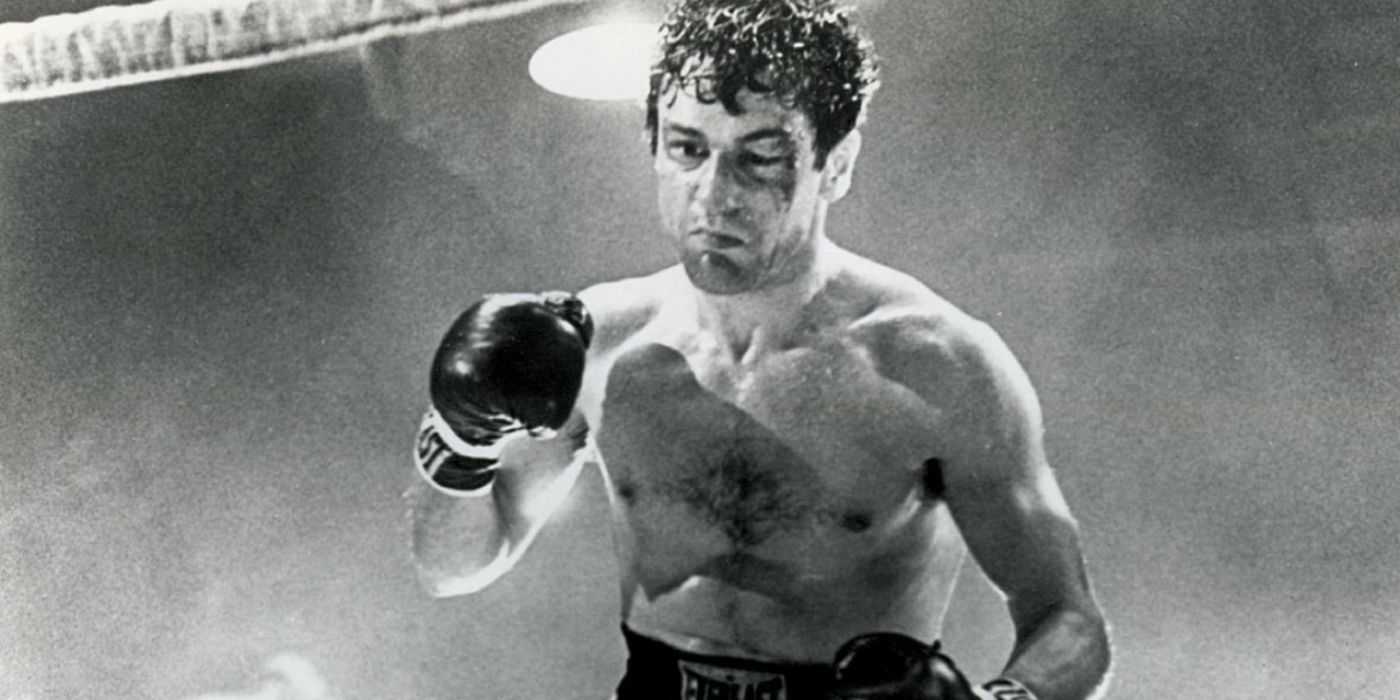
The only period film on Ebert’s list of the ten greatest films of all time was a Martin Scorsese picture. Ebert was a huge fan of the director, having even referred to him as his favorite director, and even having written a book about him, titled Scorsese by Ebert. His favorite work by his favorite director was Raging Bull, Scorsese and Robert De Niro‘s depiction of the life of the boxer Jake LaMotta.
Raging Bull is visually haunting, beautifully complex, and full of vibrant energy. Ebert certainly thought as much. In his review, he praised Scorsese’s masterful direction, De Niro’s unforgettable performance, and the deeply layered and philosophically and psychologically nuanced script by Paul Schrader and Mardik Martin. He called this masterpiece “a movie about brute force, anger, and grief,” and felt that it was one of the best character studies ever created.
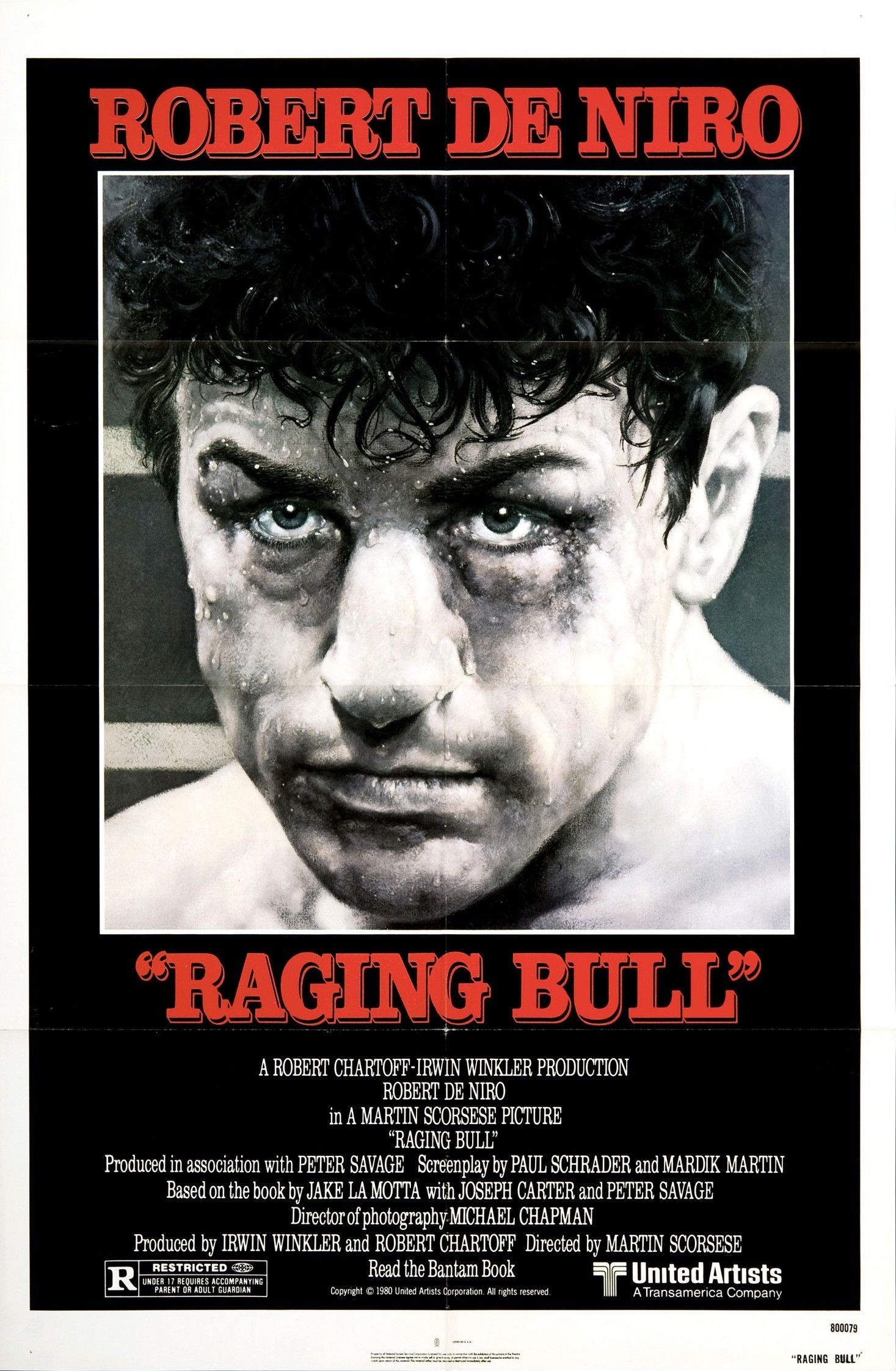
Raging Bull
- Release Date
-
December 19, 1980
- Runtime
-
129 minutes
KEEP READING:Classic Movie Musicals That Roger Ebert Absolutely Loved

